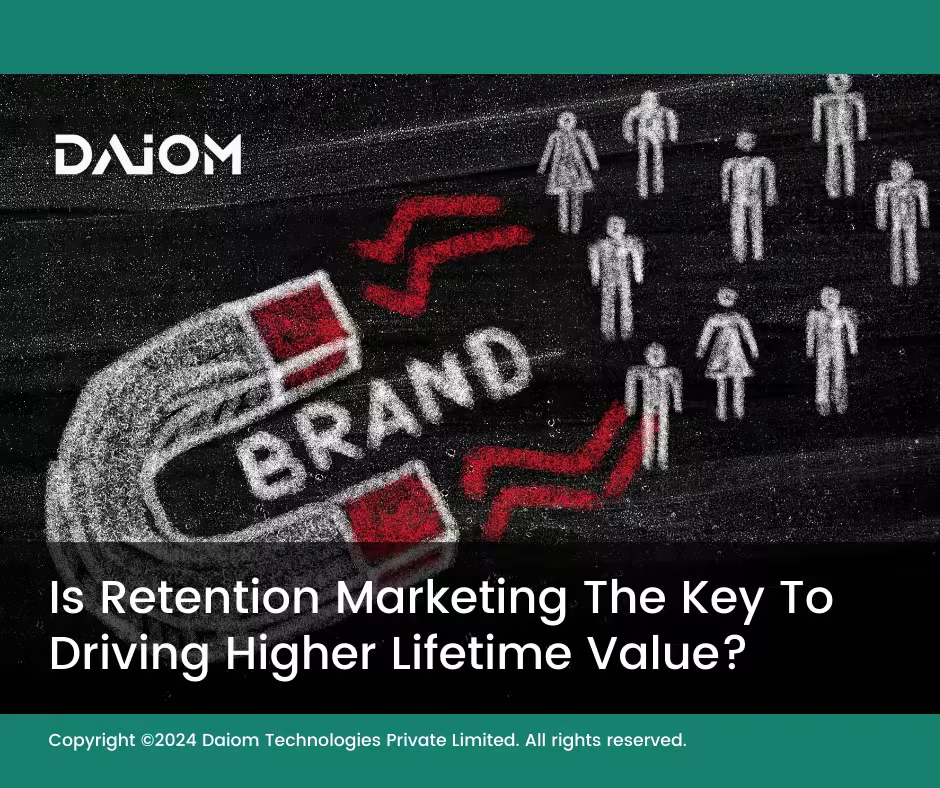The traditional definition of retaining a customer focused on keeping them loyal to a brand after their first purchase. Today, the modern view of customer retention recognizes that customers engage with a brand through various touchpoints, including in-store visits and websites.
There are many types of digital marketing—like social media marketing, performance marketing, retention marketing, and affiliate marketing. But, among them, retention marketing is often overlooked, even though it can deliver some of the highest returns on investment (ROI).
The term “retention” means keeping or holding onto something. In the context of marketing, it traditionally refers to keeping customers engaged after they make a purchase, encouraging them to come back and buy again, and increasing their overall spending with your business over time (also known as lifetime value).
However, in the digital age, retention marketing has taken on a broader role. It’s not just about keeping customers after they buy—it’s also about making sure that visitors who come to your website actually complete their purchase.
While strategies like social media and performance marketing focus on attracting people to your website, retention marketing steps in once they’re there. It helps convert those visitors into paying customers and then encourages them to return again and again.
The customer's perception is your reality.
Kate Zabriskie
Table of Contents
1. What is Retention Marketing?
While other marketing strategies bring people to your website, retention marketing makes sure that those visitors become paying customers—and, more importantly, keep coming back. It’s about turning first-time visitors into loyal customers who choose your brand again and again.
Retention marketing is all about building a lasting relationship with customers after they make their first purchase.

In the past, the main goal was to get those customers to buy again and to increase how much they spend over time (called customer lifetime value or CLV). But in today’s digital world, the focus has expanded.
Now, it also includes making sure that people who visit your website end up completing a purchase and continue to stay interested in your brand.
2. Why Should You Focus on Retention Marketing?
Retention marketing has many advantages, but what makes it especially valuable is its potential to generate a higher return on investment (ROI) compared to other marketing strategies. Here’s a closer look at why it’s so important:
- It Saves Money: Acquiring new customers can be expensive—think of all the advertising, promotions, and discounts needed to attract new buyers. In contrast, it’s much more cost-effective to keep the customers you already have. Retention marketing allows you to make the most of each existing customer, meaning you spend less while still boosting sales.
- Increases Customer Lifetime Value (CLV): Retention marketing focuses on getting existing customers to buy more frequently and spend more over time. This increases their lifetime value—the total amount of money they spend with your business throughout their relationship with you. By encouraging repeat purchases, you can directly impact your revenue in a significant way.
- Builds Strong Customer Loyalty: Regular communication and engagement with your customers help to create a deeper relationship. When customers feel valued and connected to your brand, they’re more likely to return for future purchases and less likely to switch to a competitor. This loyalty not only drives sales but also turns customers into advocates who may refer others to your business.
By focusing on retention marketing, businesses can turn existing customers into long-term supporters, driving steady growth and making marketing efforts more efficient.
3. What Are The Four Elements Of Retention Marketing?
To successfully implement a retention marketing strategy, focus on these four key elements:
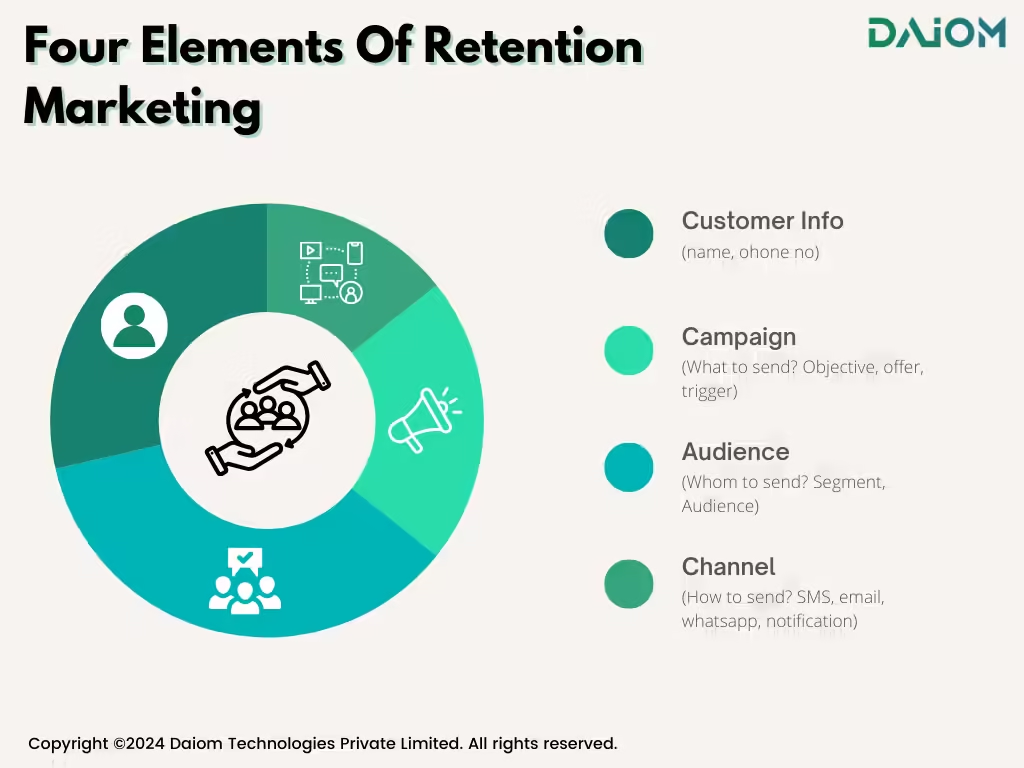
3.1. Knowing the Customer
The struggle to drive long-term customer value means today’s brands often spend heavily on marketing just to boost sales. However, the real challenge remains—building lasting customer relationships to increase lifetime value and ensure customer retention.

The more you know about your customer’s behavior, preferences, and interactions with your brand, the better you can tailor your retention efforts.
- Key Data to Collect: Name, email, phone number, and communication preferences (e.g., push notifications, email).
- Pro Tip: Use tools like customer retention management (CRM) systems to gather and organize this data.
3.2. Campaigns: Drip and Batch
Retention campaigns generally fall into two main categories: drip campaigns and batch campaigns.
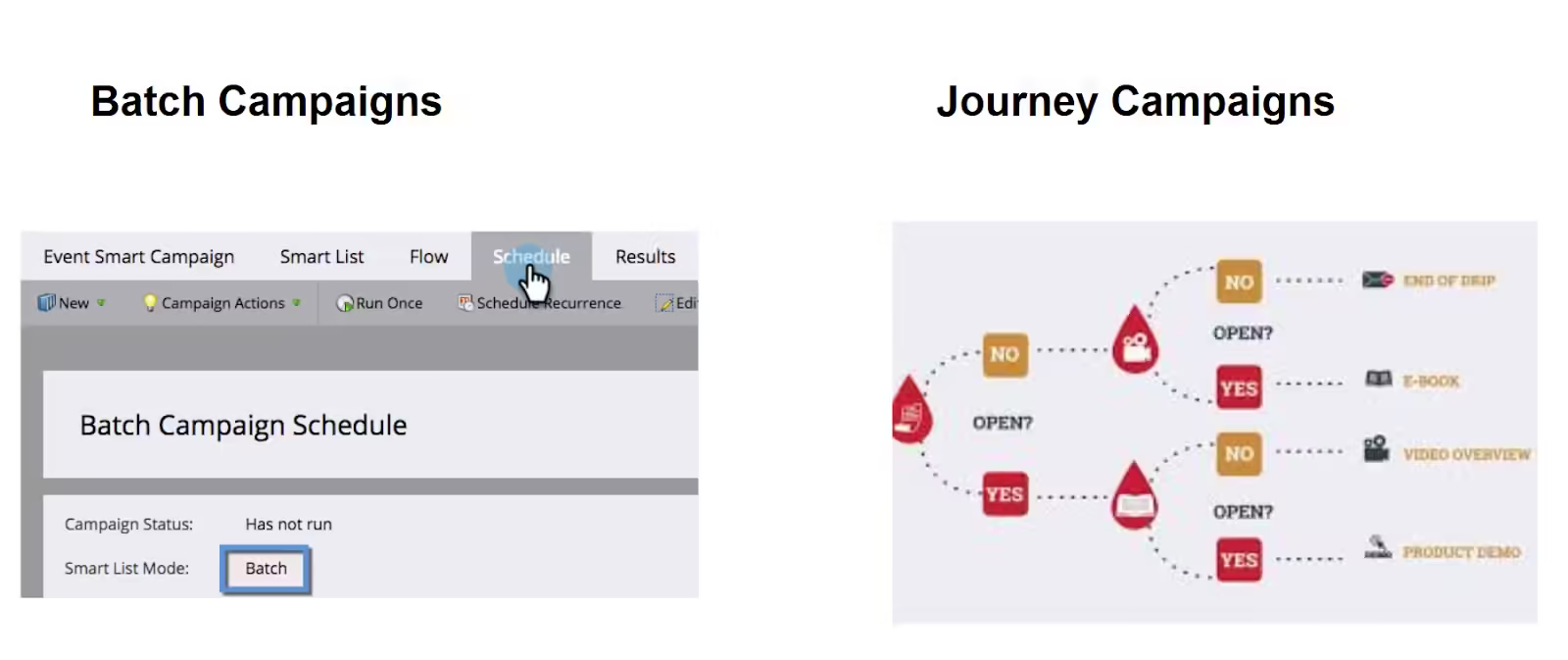
Drip Campaigns: These are automated, behavior-driven messages tailored to individual customer actions. For instance, if a customer adds an item to their cart but doesn’t complete the purchase, a follow-up email can remind them about the product and encourage them to return.
Drip campaigns work by gently guiding customers through their journey, offering timely nudges that lead them closer to a purchase. They’re highly personalized, focusing on the unique interactions of each customer, and are designed to increase engagement, build trust, and ultimately drive conversion.
Batch Campaigns: In contrast, batch campaigns are designed to deliver messages to a broad audience simultaneously, often to promote sales, seasonal events, or product launches. While these campaigns are less personalized, they’re highly effective for reaching large groups at once, creating awareness, and generating excitement at key moments.
Batch campaigns are ideal for building momentum and engaging customers in mass, especially when the goal is to share timely updates or highlight special offers.
Together, these two types of campaigns allow brands to balance personalized customer engagement with wide-reaching communication, helping to drive both immediate sales and long-term customer loyalty.
3.3. Audience Segmentation
Personalization is essential, and segmentation allows you to communicate more effectively by tailoring messages to specific groups:
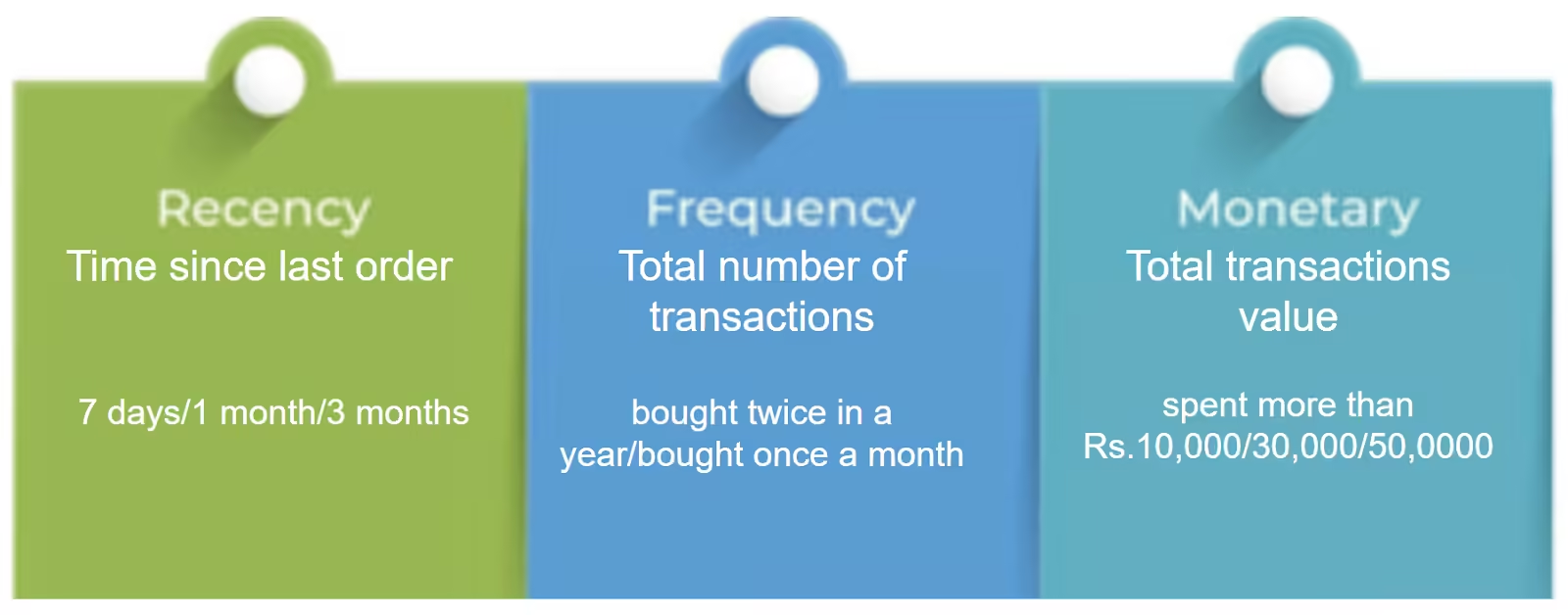
Common segmentation methods include:
- Demographics: Age, gender, location.
- Psychographics: Interests, lifestyle.
- Behavioral Segmentation: Past purchase behavior or website interactions.
Advanced Techniques: RFM (Recency, Frequency, Monetary) segmentation, which helps prioritize customers based on how recently and frequently they’ve interacted with your brand and their spending levels.
3.4. Channels of Communication
Retention marketing isn’t limited to one channel. It’s about finding the right way to reach your customers through:
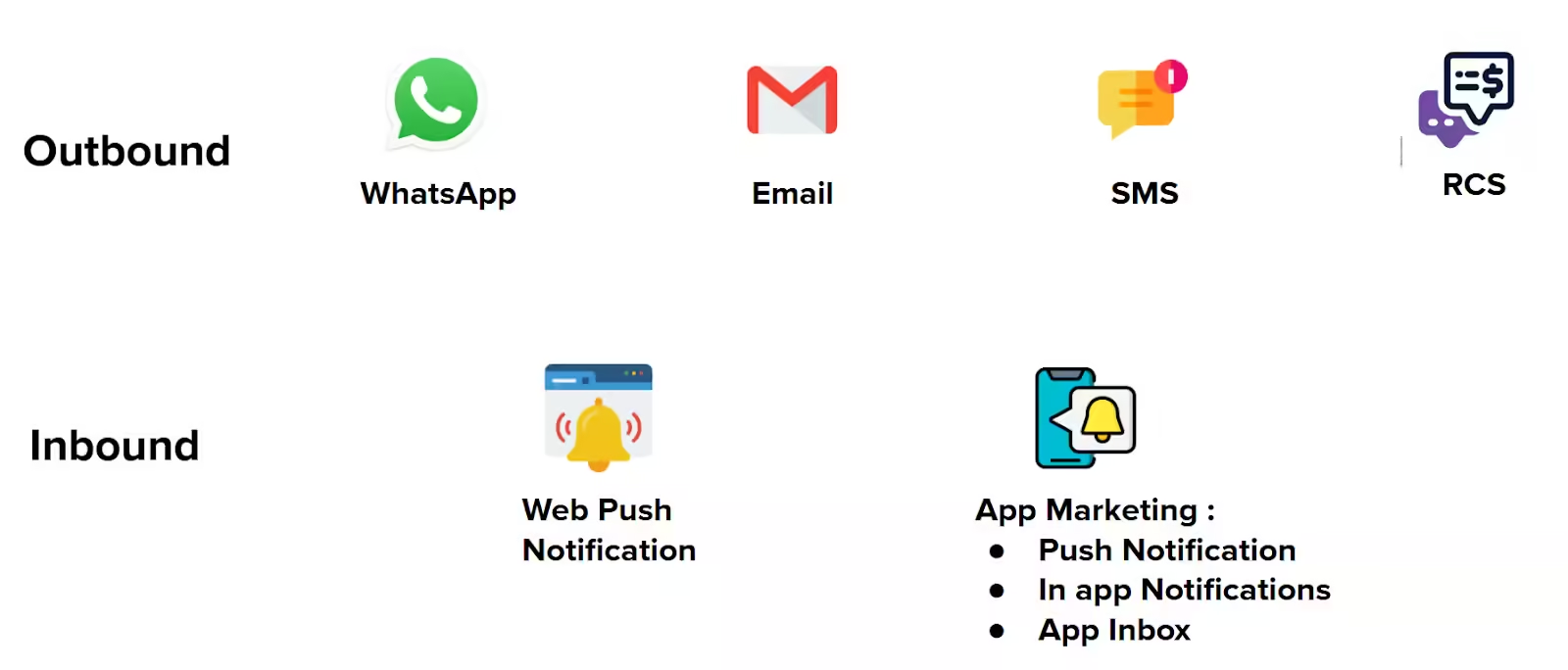
- Email Marketing: Great for personalized messages and offers.
- SMS: Ideal for time-sensitive promotions or updates.
- WhatsApp/Chat Apps: Allows for more conversational interactions.
- Push Notifications: Effective for reminding customers of cart abandonment or new arrivals.
Each channel has its strengths, and the right mix can significantly boost your retention efforts. However, it’s crucial to strike a balance to avoid over-communicating, which can lead to customer fatigue.
4. Best Practices for Retention Marketing
To make the most of your retention marketing efforts, it’s crucial to follow some best practices that can help you maintain a positive relationship with your customers while driving better results. Here’s how to do it right:
- Avoid Over-communication: While it’s essential to stay in touch with customers, sending too many messages can be annoying and lead to unsubscribes or brand abandonment. Focus on delivering value through updates on new products, special offers, and helpful tips.
- Personalize Where Possible: Customers appreciate tailored messages. Use data from purchase history and engagement patterns to create personalized communications. For example, recommend products based on previous purchases or send special birthday offers to make customers feel valued. Personalization boosts engagement and strengthens connections to your brand.
- Monitor Metrics Closely: Tracking key performance indicators (KPIs) is vital for measuring retention success. Key KPIs include the Repeat Purchase Rate, which indicates how often customers return, and Customer Lifetime Value (CLV), reflecting total revenue from a customer. Engagement metrics—like open rates and click-through rates—show how customers interact with your messages, helping you refine your communication strategies for better results.
The more you engage with customers the clearer things become and the easier it is to determine what you should be doing.
John Russell
5. Conclusion
Keeping your current customers engaged leads to steady and reliable revenue. It’s often cheaper and easier than always trying to get new customers. When done right, retention marketing can turn occasional buyers into loyal fans, helping your business grow over time.
If your brand has been focused on getting new customers but not on keeping them, it might be time to change your approach. The real value is not just in getting people to buy but in keeping them coming back.
Also read our other top blogs on retention marketing –
- The Ultimate Guide To CRM Tools
- All About WhatsApp Marketing for Business
- How RCS Can Help Improve the ROI?
- Scaling Up Retention Marketing with RFM: Your Key to Customer Retention Success
If you’d like to discuss how we can help enhance your customer retention and optimize your strategies, we’d be happy to set up a consultation call. Feel free to reach out to us at alibha@daiom.in
For more informative content and blog, follow and stay tuned to DAiOM.
Subscribe to our NEWSLETTER!


